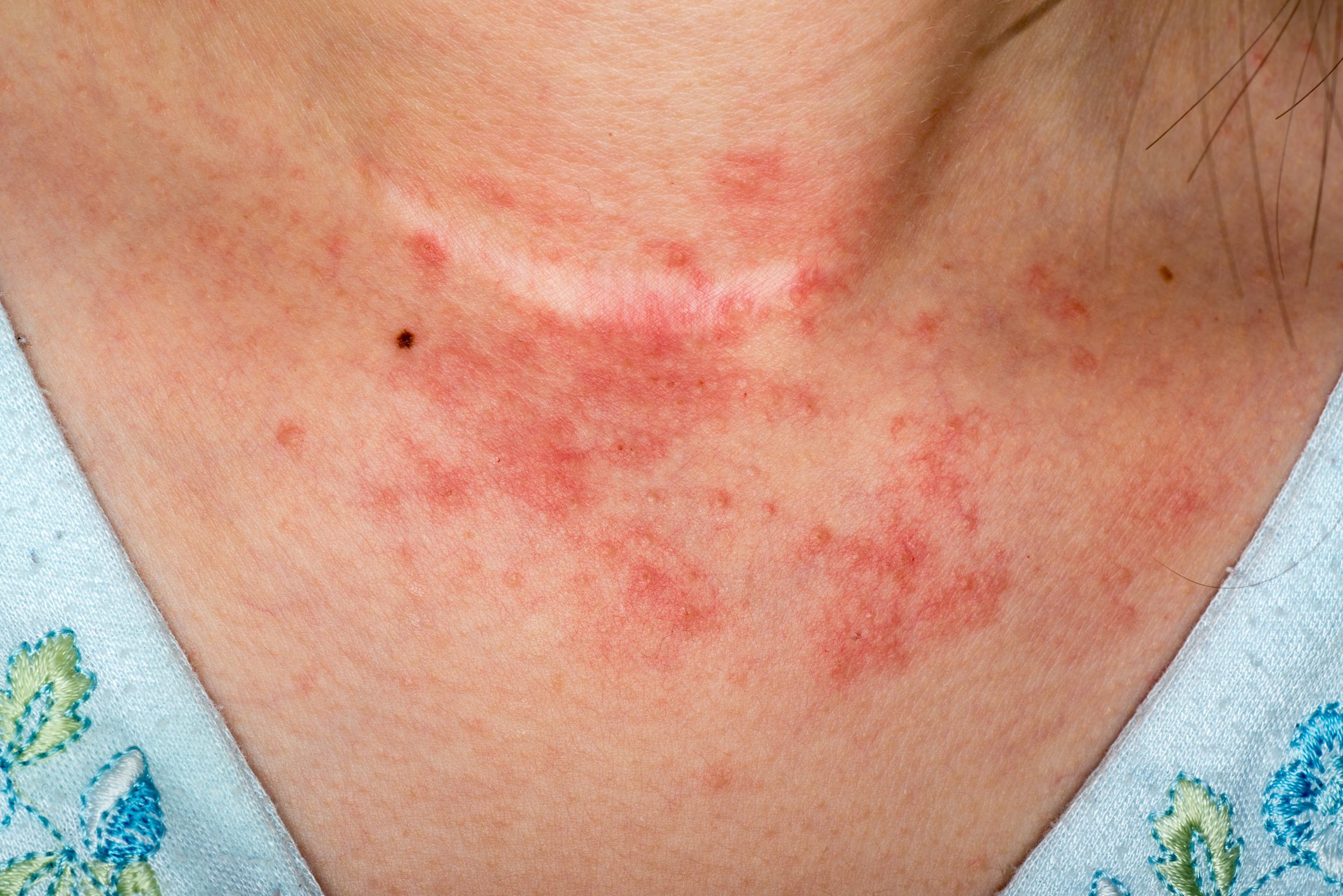In principle, pulmonologists can encounter any form of sleep-wake disorder in their practical work, although sleep-related respiratory disorders are probably by far the most common. In clinical practice, the classification into the four main groups of 1. reduced sleep (insomnia), 2. increased sleep (hypersomnia), 3. distorted sleep (parasomnia) and 4. displaced sleep (sleep-wake rhythm disorders) has proven to be effective. In the case of insomnia, the focus is on chronic difficulty falling asleep or sleeping through the night; in the case of hypersomnia, sleep apnoea syndrome is the main cause.
Autoren
- Prof. Dr. med. Johannes Mathis
Publikation
- InFo PNEUMOLOGIE & ALLERGOLOGIE
Related Topics
You May Also Like
- From symptom to diagnosis
Abdominal pain – Colitis
- Pathophysiology, cardiovascular consequences and metabolic interventions
Obesity accelerates cardiovascular ageing
- CKD: counteracting kidney progression and reducing the risk of CVD
Targeted intervention through a multifactorial approach
- COPD therapy
Drug therapy – Update 2025
- Atrial fibrillation: interdisciplinary effort is crucial
Managing risk factors and comorbidities in addition to rhythm control
- Casuistry
Hernia turns out to be a 25 cm long Meckel’s diverticulum
- Side effects under opioid therapy
Is it possible to avoid the inevitable?
- Diagnostics of respiratory viral infections











